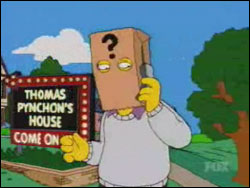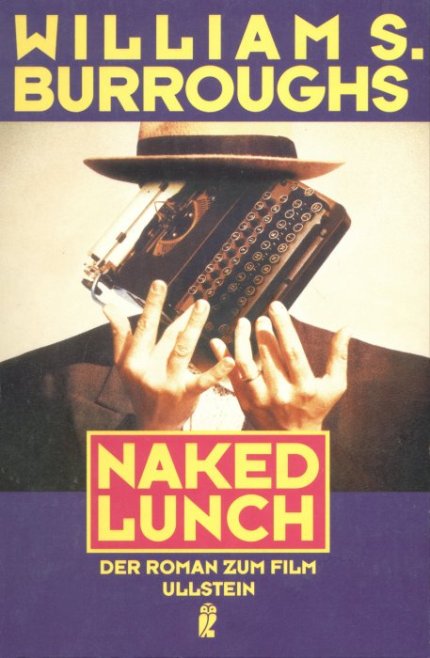As the days of 2006 dwindle down, we take a hateful look back.
10. Condoleezza Rice.
Condi Rice has managed to tell more lies in just two years as the Secretary of State than she did in the four years she was the National Security Advisor.

Above: Condi demonstrates remaining US credibility
9. Every kid who “starred” on an episode of MTV’s My Super Sweet 16
My Super Sweet 16 illustrates so perfectly, so beautifully, everything that is wrong with a culture of consumerism that promotes selfish materialism. Watch and marvel at spoiled brats crying like babies while their narcissistic whims are indulged.
8. Rachel Ray
Look what happens to the commodified personality–they puncture any credibility they might have had to begin with and they end up overexposed.

For a good laugh check out Rachel’s sexy FHM magazine shoot.
7. Dan Brown
For dumbing down America. For ripping of Umberto Eco’s Foucault’s Pendulum. For being the worst hack-job piece of schlock to ever pass for a worthy book. For fooling people into thinking they were learning something. For Tom Hanks’s creepy haircut in the movie version. For damaging the already-rotten sense of history Americans have with a brutal infusion of misinformation. This is what we’re choosing to read?
6. Ted Haggard
Pastor Haggard was the linchpin figure in the mega-church movement in the US. These churches represent the complete opposite of the teachings of the New Testament, advocating a “me me me” approach to religion: church as networking. In keeping with selfishness, Haggard, as ex-head of The National Association of Evangelicals, was largely responsible for rallying the religious right (as well as more moderate churches) to back Bush. Haggard recently stepped down as head of the NAE due to allegations that he’s been having sex with a male prostitute while high on meth.
(Editorial note: I’ve actually been working on this list for a while now. Haggard was on here before his recent woes. The outing of his hypocrisy is like icing on the cake, but is also part of the reason I decided to go ahead and publish this post with over 50 days remaining in the year–who knows how many more horrible things people will do, causing me to rewrite? I’d rather post what I have now, and amend later).
5. Everyone who used alcoholism or drug use as an excuse for horrible behavior, and then used rehab as an apology for that behavior.
That’s right, sugar tits–whether you’re a crazy, anti-semitic actor, a spoiled walking skeleton, or a two-faced Republican, drinking/drug-use doesn’t excuse you from being one of the year’s Worst People.
4. Ann Coulter

Getting fame by attacking 9/11 widows? Nice one, champ. This skinny bitch grows more evil by the minute. Check out Henry Rollins’s letter to Ann Coulter.
3. Rick Santorum
Santorum belongs on this list for so, so many reasons. But because biblioklept purports to be a literary blog, we’ll attribute his inclusion due to his ridiculous misappropriation of Tolkien in a recent speech:
“As the hobbits are going up Mount Doom, the Eye of Mordor is being drawn somewhere else. It’s being drawn to Iraq and it’s not being drawn to the U.S. “You know what? I want to keep it on Iraq. I don’t want the Eye to come back here to the United States.”
Props to Dan Savage for savaging Santorum’s name.
2. Dick Cheney

Uhmm, where to start, where to start? I guess since this is a look at the Worst People of 2006, we should try our best to look at Cheney from a human perspective–do our best to ignore all the evil Cheney’s political/business enterprises represent, and just look at Cheney the man. So what type of person is Cheney, when he’s on “downtime,” just relaxing with regular folks? Let’s see: in February of 2006, while “hunting” quail, Cheney shot a 78 year old man in the face with a shotgun. The old man had a heart attack. So the Vice President is the type of person who would shoot an old man in the face. Dick Cheney is a bad, bad man. Go here for John Stewart’s coverage of the incident.
1. George W. Bush
Like you didn’t see this coming.
***INSERT YOUR OWN REASON HERE***
(Sorry, but after six-plus years I can’t keep up my outrage even long enough to write a decent post about this insane bastard. I can’t articulate how angry I am, and there isn’t enough room here to catolog all of Bush’s crimes. I’m tired of this shit.)































